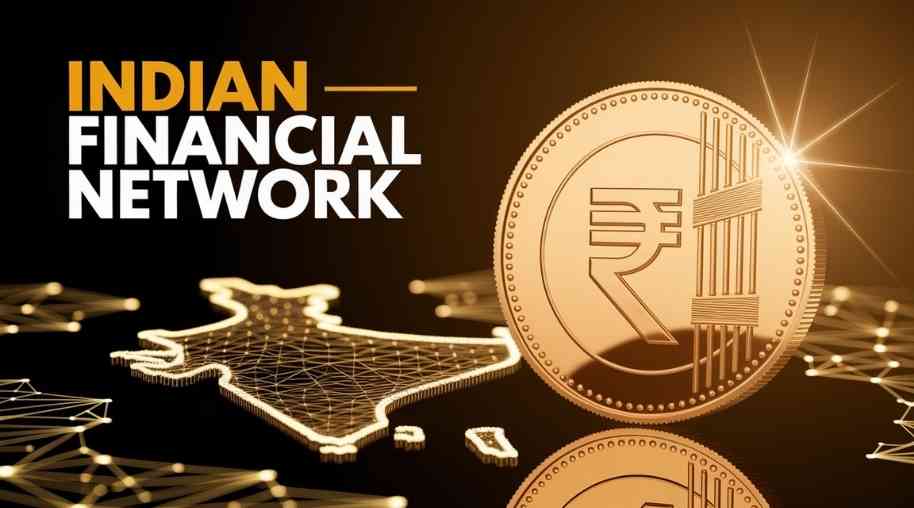IMPS Full Form-Immediate Payment Service
by Shashi Gaherwar
0 1940
Immediate Payment Service (IMPS): Features, Benefits, and How It Works
The Immediate Payment Service (IMPS) is one of India’s most efficient real-time electronic funds transfer systems. Launched by the National Payments Corporation of India (NPCI), IMPS allows customers to transfer money instantly across banks, 24/7, including holidays. This system has played a significant role in enhancing digital payments in India by providing a reliable, fast, and secure transaction mechanism.

History and Development of IMPS
IMPS was introduced by NPCI in 2010 to offer an instant electronic fund transfer option that works round-the-clock.
- Initially launched as a mobile-based payment service, it has expanded to cover internet banking, ATM transactions, and bank branches.
- With the rise of digital transactions, IMPS has become a cornerstone of India’s modern banking infrastructure.
Key Features of IMPS
IMPS is designed to provide a seamless and secure payment experience.
- Instant Money Transfers: Transactions are processed in real time, ensuring immediate credit to the recipient’s account.
- 24/7 Availability: IMPS operates round-the-clock, including weekends and public holidays.
- Multiple Access Channels: Customers can use IMPS via mobile banking, internet banking, ATMs, and bank branches.
- Secure Transactions: IMPS uses robust authentication mechanisms like MMID (Mobile Money Identifier), IFSC, and Aadhaar-based payments.
- Supports P2P and P2M Transactions: IMPS facilitates both person-to-person (P2P) and person-to-merchant (P2M) payments.
How IMPS Works
IMPS transactions can be conducted using different methods based on user preferences.
1. Using Mobile Banking:
- Log in to your bank’s mobile banking app.
- Select the IMPS option for fund transfer.
- Enter the recipient’s details, which can be: MMID and mobile number or bank account number and IFSC code.
- Enter the transfer amount and confirm the transaction using MPIN or OTP.
- The amount is instantly credited to the recipient’s account.
2. Using Internet Banking:
- Log in to net banking and navigate to the IMPS section.
- Provide the recipient’s bank account number and IFSC code.
- Enter the transaction amount and authenticate via OTP or password.
- The transfer is completed in real time.
3. Using ATMs:
- Insert your debit card and enter your PIN.
- Choose the IMPS option from the fund transfer menu.
- Enter the recipient’s MMID and mobile number or bank account details.
- Enter the amount and confirm the transfer.
Benefits of IMPS
IMPS has revolutionized digital transactions in India by offering several advantages:
- Speed and Convenience: Money is transferred instantly, making it ideal for emergency payments and quick transactions.
- 24/7 Availability: Unlike NEFT (National Electronic Funds Transfer), which operates in batches, IMPS works even on bank holidays.
- Wide Accessibility: Available across multiple channels like mobile banking, net banking, ATMs, and SMS-based services.
- Secure Transactions: Uses two-step authentication (OTP, MPIN) and encryption to ensure safety.
- Interoperability: Supports fund transfers across all major banks in India.
- Low Transaction Costs: IMPS fees are lower compared to traditional payment methods like RTGS (Real-Time Gross Settlement).
IMPS Transaction Limits and Charges
The transaction limits for IMPS depend on the bank, but most banks allow transfers up to ₹5 lakh per day.
- Minimum Transfer Amount: ₹1
- Maximum Transfer Amount: Varies from ₹1 lakh to ₹5 lakh per transaction (as per the bank’s policy).
- Charges:
- ₹1 - ₹10,000: ₹2 + GST
- ₹10,001 - ₹1 lakh: ₹5 + GST
- ₹1 lakh - ₹5 lakh: ₹10 + GST
- Some banks offer free IMPS transactions for their premium customers.
Challenges and Limitations of IMPS
While IMPS is a highly efficient payment system, it has some limitations:
- Transaction Limits: Compared to RTGS, which is used for high-value transactions, IMPS has lower transfer limits.
- Bank-Specific Charges: Different banks have varying fee structures, which may discourage small-value transactions.
- Network Dependency: Internet or mobile network failures can disrupt transactions.
- Security Risks: Phishing attacks and fraudulent transactions can occur if users do not follow cybersecurity best practices.
Future of IMPS and Digital Payments in India
With India’s growing push toward digital transactions, IMPS is expected to continue evolving.
- Integration with Emerging Technologies: AI and blockchain could enhance security and efficiency.
- Expansion of Transaction Limits: Higher limits for individuals and businesses could increase adoption.
- Seamless Cross-Border Transactions: Future enhancements may allow international remittances via IMPS.
- Improved User Experience: Enhanced banking apps with better interfaces will make transactions even easier.
The Immediate Payment Service (IMPS) has transformed the digital payment landscape in India by providing instant, secure, and cost-effective money transfers. Its 24/7 availability, multiple access channels, and strong security make it an ideal choice for both individuals and businesses. As digital banking continues to grow, IMPS will remain a crucial component of India’s financial ecosystem, promoting cashless transactions and financial inclusion.
Further Learning Resources
If you’re passionate about building a successful blogging website, check out this helpful guide at Coding Tag – How to Start a Successful Blog. It offers practical steps and expert tips to kickstart your blogging journey!
For dedicated UPSC exam preparation, we highly recommend visiting www.iasmania.com. It offers well-structured resources, current affairs, and subject-wise notes tailored specifically for aspirants. Start your journey today!

Share:








Comments
Waiting for your comments